LinkedList也和ArrayList一樣實現了List接口,但是它執行插入和刪除操作時比ArrayList更加高效,因為它是基于鏈表的。基于鏈表也決定了它在隨機訪問方面要比ArrayList遜色一點。
除此之外,LinkedList還提供了一些可以使其作為棧、隊列、雙端隊列的方法。這些方法中有些彼此之間只是名稱的區別,以使得這些名字在特定的上下文中顯得更加的合適。
先看LinkedList類的定義。
1 public class LinkedList《E》
2 extends AbstractSequentialList《E》
3 implements List《E》, Deque《E》, Cloneable, java.io.Serializable
LinkedList繼承自AbstractSequenceList、實現了List及Deque接口。其實AbstractSequenceList已經實現了List接口,這里標注出List只是更加清晰而已。AbstractSequenceList提供了List接口骨干性的實現以減少實現List接口的復雜度。Deque接口定義了雙端隊列的操作。
LinkedList中之定義了兩個屬性:
1 private transient Entry《E》 header = new Entry《E》(null, null, null);
2 private transient int size = 0;
size肯定就是LinkedList對象里面存儲的元素個數了。LinkedList既然是基于鏈表實現的,那么這個header肯定就是鏈表的頭結點了,Entry就是節點對象了。一下是Entry類的代碼。
1 private static class Entry《E》 {
2 E element;
3 Entry《E》 next;
4 Entry《E》 previous;
5
6 Entry(E element, Entry《E》 next, Entry《E》 previous) {
7 this.element = element;
8 this.next = next;
9 this.previous = previous;
10 }
11 }
只定義了存儲的元素、前一個元素、后一個元素,這就是雙向鏈表的節點的定義,每個節點只知道自己的前一個節點和后一個節點。
來看LinkedList的構造方法。
1 public LinkedList() {
2 header.next = header.previous = header;
3 }
4 public LinkedList(Collection《? extends E》 c) {
5 this();
6 addAll(c);
7 }
LinkedList提供了兩個構造方法。第一個構造方法不接受參數,只是將header節點的前一節點和后一節點都設置為自身(注意,這個是一個雙向循環鏈表,如果不是循環鏈表,空鏈表的情況應該是header節點的前一節點和后一節點均為null),這樣整個鏈表其實就只有header一個節點,用于表示一個空的鏈表。第二個構造方法接收一個Collection參數c,調用第一個構造方法構造一個空的鏈表,之后通過addAll將c中的元素全部添加到鏈表中。來看addAll的內容。
1 public boolean addAll(Collection《? extends E》 c) {
2 return addAll(size, c);
3 }
4 // index參數指定collection中插入的第一個元素的位置
5 public boolean addAll(int index, Collection《? extends E》 c) {
6 // 插入位置超過了鏈表的長度或小于0,報IndexOutOfBoundsException異常
7 if (index 《 0 || index 》 size)
8 throw new IndexOutOfBoundsException(“Index: ”+index+
9 “, Size: ”+size);
10 Object[] a = c.toArray();
11 int numNew = a.length;
12 // 若需要插入的節點個數為0則返回false,表示沒有插入元素
13 if (numNew==0)
14 return false;
15 modCount++;
16 // 保存index處的節點。插入位置如果是size,則在頭結點前面插入,否則獲取index處的節點
17 Entry《E》 successor = (index==size ? header : entry(index));
18 // 獲取前一個節點,插入時需要修改這個節點的next引用
19 Entry《E》 predecessor = successor.previous;
20 // 按順序將a數組中的第一個元素插入到index處,將之后的元素插在這個元素后面
21 for (int i=0; i《numNew; i++) {
22 // 結合Entry的構造方法,這條語句是插入操作,相當于C語言中鏈表中插入節點并修改指針
23 Entry《E》 e = new Entry《E》((E)a[i], successor, predecessor);
24 // 插入節點后將前一節點的next指向當前節點,相當于修改前一節點的next指針
25 predecessor.next = e;
26 // 相當于C語言中成功插入元素后將指針向后移動一個位置以實現循環的功能
27 predecessor = e;
28 }
29 // 插入元素前index處的元素鏈接到插入的Collection的最后一個節點
30 successor.previous = predecessor;
31 // 修改size
32 size += numNew;
33 return true;
34 }
構造方法中的調用了addAll(Collection《? extends E》 c)方法,而在addAll(Collection《? extends E》 c)方法中僅僅是將size當做index參數調用了addAll(int index,Collection《? extends E》 c)方法。
1 private Entry《E》 entry(int index) {
2 if (index 《 0 || index 》= size)
3 throw new IndexOutOfBoundsException(“Index: ”+index+
4 “, Size: ”+size);
5 Entry《E》 e = header;
6 // 根據這個判斷決定從哪個方向遍歷這個鏈表
7 if (index 《 (size 》》 1)) {
8 for (int i = 0; i 《= index; i++)
9 e = e.next;
10 } else {
11 // 可以通過header節點向前遍歷,說明這個一個循環雙向鏈表,header的previous指向鏈表的最后一個節點,這也驗證了構造方法中對于header節點的前后節點均指向自己的解釋
12 for (int i = size; i 》 index; i--)
13 e = e.previous;
14 }
15 return e;
16 }
結合上面代碼中的注釋及雙向循環鏈表的知識,應該很容易理解LinkedList構造方法所涉及的內容。下面開始分析LinkedList的其他方法。
add(E e)
1 public boolean add(E e) {
2 addBefore(e, header);
3 return true;
4 }
從上面的代碼可以看出,add(E e)方法只是調用了addBefore(E e,Entry《E》 entry)方法,并且返回true。
addBefore(E e,Entry《E》 entry)
1 private Entry《E》 addBefore(E e, Entry《E》 entry) {
2 Entry《E》 newEntry = new Entry《E》(e, entry, entry.previous);
3 newEntry.previous.next = newEntry;
4 newEntry.next.previous = newEntry;
5 size++;
6 modCount++;
7 return newEntry;
8 }
addBefore(E e,Entry《E》 entry)方法是個私有方法,所以無法在外部程序中調用(當然,這是一般情況,你可以通過反射上面的還是能調用到的)。
addBefore(E e,Entry《E》 entry)先通過Entry的構造方法創建e的節點newEntry(包含了將其下一個節點設置為entry,上一個節點設置為entry.previous的操作,相當于修改newEntry的“指針”),之后修改插入位置后newEntry的前一節點的next引用和后一節點的previous引用,使鏈表節點間的引用關系保持正確。之后修改和size大小和記錄modCount,然后返回新插入的節點。
總結,addBefore(E e,Entry《E》 entry)實現在entry之前插入由e構造的新節點。而add(E e)實現在header節點之前插入由e構造的新節點。
add(int index,E e)
1 public void add(int index, E element) {
2 addBefore(element, (index==size ? header : entry(index)));
3 }
也是調用了addBefore(E e,Entry《E》 entry)方法,只是entry節點由index的值決定。
構造方法,addAll(Collection《? extends E》 c),add(E e),addBefor(E e,Entry《E》 entry)方法可以構造鏈表并在指定位置插入節點,為了便于理解,下面給出插入節點的示意圖。
addFirst(E e)
1 public void addFirst(E e) {
2 addBefore(e, header.next);
3 }
addLast(E e)
1 public void addLast(E e) {
2 addBefore(e, header);
3 }
看上面的示意圖,結合addBefore(E e,Entry《E》 entry)方法,很容易理解addFrist(E e)只需實現在header元素的下一個元素之前插入,即示意圖中的一號之前。addLast(E e)只需在實現在header節點前(因為是循環鏈表,所以header的前一個節點就是鏈表的最后一個節點)插入節點(插入后在2號節點之后)。
clear()
1 public void clear() {
2 Entry《E》 e = header.next;
3 // e可以理解為一個移動的“指針”,因為是循環鏈表,所以回到header的時候說明已經沒有節點了
4 while (e != header) {
5 // 保留e的下一個節點的引用
6 Entry《E》 next = e.next;
7 // 接觸節點e對前后節點的引用
8 e.next = e.previous = null;
9 // 將節點e的內容置空
10 e.element = null;
11 // 將e移動到下一個節點
12 e = next;
13 }
14 // 將header構造成一個循環鏈表,同構造方法構造一個空的LinkedList
15 header.next = header.previous = header;
16 // 修改size
17 size = 0;
18 modCount++;
19 }
上面代碼中的注釋已經足以解釋這段代碼的邏輯,需要注意的是提到的“指針”僅僅是概念上的類比,Java并不存在“指針”的概念,而只有引用,為了便于理解所以部分說明使用了“指針”。
contains(Object o)
1 public boolean contains(Object o) {
2 return indexOf(o) != -1;
3 }
僅僅只是判斷o在鏈表中的索引。先看indexOf(Object o)方法。
1 public int indexOf(Object o) {
2 int index = 0;
3 if (o==null) {
4 for (Entry e = header.next; e != header; e = e.next) {
5 if (e.element==null)
6 return index;
7 index++;
8 }
9 } else {
10 for (Entry e = header.next; e != header; e = e.next) {
11 if (o.equals(e.element))
12 return index;
13 index++;
14 }
15 }
16 return -1;
17 }
indexOf(Object o)判斷o鏈表中是否存在節點的element和o相等,若相等則返回該節點在鏈表中的索引位置,若不存在則放回-1。
contains(Object o)方法通過判斷indexOf(Object o)方法返回的值是否是-1來判斷鏈表中是否包含對象o。
element()
1 public E element() {
2 return getFirst();
3 }
getFirst()
1 public E getFirst() {
2 if (size==0)
3 throw new NoSuchElementException();
4 return header.next.element;
5 }
element()方法調用了getFirst()返回鏈表的第一個節點的元素。為什么要提供功能一樣的兩個方法,像是包裝了一下名字?其實這只是為了在不同的上下文“語境”中能通過更貼切的方法名調用罷了。
get(int index)
1 public E get(int index) {
2 return entry(index).element;
3 }
get(int index)方法用于獲得指定索引位置的節點的元素。它通過entry(int index)方法獲取節點。entry(int index)方法遍歷鏈表并獲取節點,在上面有說明過,不再陳述。
set(int index,E element)
1 public E set(int index, E element) {
2 Entry《E》 e = entry(index);
3 E oldVal = e.element;
4 e.element = element;
5 return oldVal;
6 }
先獲取指定索引的節點,之后保留原來的元素,然后用element進行替換,之后返回原來的元素。
getLast()
1 public E getLast() {
2 if (size==0)
3 throw new NoSuchElementException();
4 return header.previous.element;
5 }
getLast()方法和getFirst()方法類似,只是獲取的是header節點的前一個節點的元素。因為是循環鏈表,所以header節點的前一節點就是鏈表的最后一個節點。
lastIndexOf(Object o)
1 public int lastIndexOf(Object o) {
2 int index = size;
3 if (o==null) {
4 for (Entry e = header.previous; e != header; e = e.previous) {
5 index--;
6 if (e.element==null)
7 return index;
8 }
9 } else {
10 for (Entry e = header.previous; e != header; e = e.previous) {
11 index--;
12 if (o.equals(e.element))
13 return index;
14 }
15 }
16 return -1;
17 }
因為查找的是last index,即最后一次出現的位置,所以采用由后向前的遍歷方式。因為采用了有后向前的遍歷,所以index被賦值為size,并且循環體內執行時都進行減操作。分兩種情況判斷是否存在,分別是null和不為空。
offer(E e)
1 public boolean offer(E e) {
2 return add(e);
3 }
在鏈表尾部插入元素。
offerFirst(E e)
1 public boolean offerFirst(E e) {
2 addFirst(e);
3 return true;
4 }
在鏈表開頭插入元素。
offerLast(E e)
1 public boolean offerLast(E e) {
2 addLast(e);
3 return true;
4 }
在鏈表末尾插入元素。
上面這三個方法都只是調用了相應的add方法,同樣只是提供了不同的方法名在不同的語境下使用。
peek()
1 public E peek() {
2 if (size==0)
3 return null;
4 return getFirst();
5 }
peekFirst()
1 public E peekFirst() {
2 if (size==0)
3 return null;
4 return getFirst();
5 }
peekLast()
1 public E peekLast() {
2 if (size==0)
3 return null;
4 return getLast();
5 }
上面的三個方法也很簡單,只是調用了對應的get方法。
poll()
1 public E poll() {
2 if (size==0)
3 return null;
4 return removeFirst();
5 }
pollFirst()
1 public E pollFirst() {
2 if (size==0)
3 return null;
4 return removeFirst();
5 }
pollLast()
1 public E pollLast() {
2 if (size==0)
3 return null;
4 return removeLast();
5 }
poll相關的方法都是獲取并移除某個元素。都是和remove操作相關。
pop()
1 public E pop() {
2 return removeFirst();
3 }
push(E e)
1 public void push(E e) {
2 addFirst(e);
3 }
這兩個方法對應棧的操作,即彈出一個元素和壓入一個元素,僅僅是調用了removeFirst()和addFirst()方法。
下面集中看remove相關操作的方法。
remove()
1 public E remove() {
2 return removeFirst();
3 }
remove(int index)
1 public E remove(int index) {
2 return remove(entry(index));
3 }
remove(Object o)
1 public boolean remove(Object o) {
2 if (o==null) {
3 for (Entry《E》 e = header.next; e != header; e = e.next) {
4 if (e.element==null) {
5 remove(e);
6 return true;
7 }
8 }
9 } else {
10 for (Entry《E》 e = header.next; e != header; e = e.next) {
11 if (o.equals(e.element)) {
12 remove(e);
13 return true;
14 }
15 }
16 }
17 return false;
18 }
removeFirst()
1 public E removeFirst() {
2 return remove(header.next);
3 }
removeLast()
1 public E removeLast() {
2 return remove(header.previous);
3 }
removeFirstOccurrence()
1 public boolean removeFirstOccurrence(Object o) {
2 return remove(o);
3 }
removeLastOccurence()
1 public boolean removeLastOccurrence(Object o) {
2 if (o==null) {
3 for (Entry《E》 e = header.previous; e != header; e = e.previous) {
4 if (e.element==null) {
5 remove(e);
6 return true;
7 }
8 }
9 } else {
10 for (Entry《E》 e = header.previous; e != header; e = e.previous) {
11 if (o.equals(e.element)) {
12 remove(e);
13 return true;
14 }
15 }
16 }
17 return false;
18 }
幾個remove方法最終都是調用了一個私有方法:remove(Entry《E》 e),只是其他簡單邏輯上的區別。下面分析remove(Entry《E》 e)方法。
1 private E remove(Entry《E》 e) {
2 if (e == header)
3 throw new NoSuchElementException();
4 // 保留將被移除的節點e的內容
5 E result = e.element;
6 // 將前一節點的next引用賦值為e的下一節點
7 e.previous.next = e.next;
8 // 將e的下一節點的previous賦值為e的上一節點
9 e.next.previous = e.previous;
10 // 上面兩條語句的執行已經導致了無法在鏈表中訪問到e節點,而下面解除了e節點對前后節點的引用
11 e.next = e.previous = null;
12 // 將被移除的節點的內容設為null
13 e.element = null;
14 // 修改size大小
15 size--;
16 modCount++;
17 // 返回移除節點e的內容
18 return result;
19 }
clone()
1 public Object clone() {
2 LinkedList《E》 clone = null;
3 try {
4 clone = (LinkedList《E》) super.clone();
5 } catch (CloneNotSupportedException e) {
6 throw new InternalError();
7 }
8 clone.header = new Entry《E》(null, null, null);
9 clone.header.next = clone.header.previous = clone.header;
10 clone.size = 0;
11 clone.modCount = 0;
12 for (Entry《E》 e = header.next; e != header; e = e.next)
13 clone.add(e.element);
14 return clone;
15 }
調用父類的clone()方法初始化對象鏈表clone,將clone構造成一個空的雙向循環鏈表,之后將header的下一個節點開始將逐個節點添加到clone中。最后返回克隆的clone對象。
toArray()
1 public Object[] toArray() {
2 Object[] result = new Object[size];
3 int i = 0;
4 for (Entry《E》 e = header.next; e != header; e = e.next)
5 result[i++] = e.element;
6 return result;
7 }
創建大小和LinkedList相等的數組result,遍歷鏈表,將每個節點的元素element復制到數組中,返回數組。
toArray(T[] a)
1 public 《T》 T[] toArray(T[] a) {
2 if (a.length 《 size)
3 a = (T[])java.lang.reflect.Array.newInstance(
4 a.getClass().getComponentType(), size);
5 int i = 0;
6 Object[] result = a;
7 for (Entry《E》 e = header.next; e != header; e = e.next)
8 result[i++] = e.element;
9 if (a.length 》 size)
10 a[size] = null;
11 return a;
12 }
先判斷出入的數組a的大小是否足夠,若大小不夠則拓展。這里用到了發射的方法,重新實例化了一個大小為size的數組。之后將數組a賦值給數組result,遍歷鏈表向result中添加的元素。最后判斷數組a的長度是否大于size,若大于則將size位置的內容設置為null。返回a。
從代碼中可以看出,數組a的length小于等于size時,a中所有元素被覆蓋,被拓展來的空間存儲的內容都是null;若數組a的length的length大于size,則0至size-1位置的內容被覆蓋,size位置的元素被設置為null,size之后的元素不變。
為什么不直接對數組a進行操作,要將a賦值給result數組之后對result數組進行操作?
---------------------------------------------------------------------------------------------------------------------------------
LinkedList的Iterator
除了Entry,LinkedList還有一個內部類:ListItr。
ListItr實現了ListIterator接口,可知它是一個迭代器,通過它可以遍歷修改LinkedList。
在LinkedList中提供了獲取ListItr對象的方法:listIterator(int index)。
1 public ListIterator《E》 listIterator(int index) {
2 return new ListItr(index);
3 }
該方法只是簡單的返回了一個ListItr對象。
LinkedList中還有通過集成獲得的listIterator()方法,該方法只是調用了listIterator(int index)并且傳入0。
下面詳細分析ListItr。
1 private class ListItr implements ListIterator《E》 {
2 // 最近一次返回的節點,也是當前持有的節點
3 private Entry《E》 lastReturned = header;
4 // 對下一個元素的引用
5 private Entry《E》 next;
6 // 下一個節點的index
7 private int nextIndex;
8 private int expectedModCount = modCount;
9 // 構造方法,接收一個index參數,返回一個ListItr對象
10 ListItr(int index) {
11 // 如果index小于0或大于size,拋出IndexOutOfBoundsException異常
12 if (index 《 0 || index 》 size)
13 throw new IndexOutOfBoundsException(“Index: ”+index+
14 “, Size: ”+size);
15 // 判斷遍歷方向
16 if (index 《 (size 》》 1)) {
17 // next賦值為第一個節點
18 next = header.next;
19 // 獲取指定位置的節點
20 for (nextIndex=0; nextIndex《index; nextIndex++)
21 next = next.next;
22 } else {
23 // else中的處理和if塊中的處理一致,只是遍歷方向不同
24 next = header;
25 for (nextIndex=size; nextIndex》index; nextIndex--)
26 next = next.previous;
27 }
28 }
29 // 根據nextIndex是否等于size判斷時候還有下一個節點(也可以理解為是否遍歷完了LinkedList)
30 public boolean hasNext() {
31 return nextIndex != size;
32 }
33 // 獲取下一個元素
34 public E next() {
35 checkForComodification();
36 // 如果nextIndex==size,則已經遍歷完鏈表,即沒有下一個節點了(實際上是有的,因為是循環鏈表,任何一個節點都會有上一個和下一個節點,這里的沒有下一個節點只是說所有節點都已經遍歷完了)
37 if (nextIndex == size)
38 throw new NoSuchElementException();
39 // 設置最近一次返回的節點為next節點
40 lastReturned = next;
41 // 將next“向后移動一位”
42 next = next.next;
43 // index計數加1
44 nextIndex++;
45 // 返回lastReturned的元素
46 return lastReturned.element;
47 }
48
49 public boolean hasPrevious() {
50 return nextIndex != 0;
51 }
52 // 返回上一個節點,和next()方法相似
53 public E previous() {
54 if (nextIndex == 0)
55 throw new NoSuchElementException();
56
57 lastReturned = next = next.previous;
58 nextIndex--;
59 checkForComodification();
60 return lastReturned.element;
61 }
62
63 public int nextIndex() {
64 return nextIndex;
65 }
66
67 public int previousIndex() {
68 return nextIndex-1;
69 }
70 // 移除當前Iterator持有的節點
71 public void remove() {
72 checkForComodification();
73 Entry《E》 lastNext = lastReturned.next;
74 try {
75 LinkedList.this.remove(lastReturned);
76 } catch (NoSuchElementException e) {
77 throw new IllegalStateException();
78 }
79 if (next==lastReturned)
80 next = lastNext;
81 else
82 nextIndex--;
83 lastReturned = header;
84 expectedModCount++;
85 }
86 // 修改當前節點的內容
87 public void set(E e) {
88 if (lastReturned == header)
89 throw new IllegalStateException();
90 checkForComodification();
91 lastReturned.element = e;
92 }
93 // 在當前持有節點后面插入新節點
94 public void add(E e) {
95 checkForComodification();
96 // 將最近一次返回節點修改為header
97 lastReturned = header;
98 addBefore(e, next);
99 nextIndex++;
100 expectedModCount++;
101 }
102 // 判斷expectedModCount和modCount是否一致,以確保通過ListItr的修改操作正確的反映在LinkedList中
103 final void checkForComodification() {
104 if (modCount != expectedModCount)
105 throw new ConcurrentModificationException();
106 }
107 }
下面是一個ListItr的使用實例。
1 LinkedList《String》 list = new LinkedList《String》();
2 list.add(“First”);
3 list.add(“Second”);
4 list.add(“Thrid”);
5 System.out.println(list);
6 ListIterator《String》 itr = list.listIterator();
7 while (itr.hasNext()) {
8 System.out.println(itr.next());
9 }
10 try {
11 System.out.println(itr.next());// throw Exception
12 } catch (Exception e) {
13 // TODO: handle exception
14 }
15 itr = list.listIterator();
16 System.out.println(list);
17 System.out.println(itr.next());
18 itr.add(“new node1”);
19 System.out.println(list);
20 itr.add(“new node2”);
21 System.out.println(list);
22 System.out.println(itr.next());
23 itr.set(“modify node”);
24 System.out.println(list);
25 itr.remove();
26 System.out.println(list);
1 結果:
2 [First, Second, Thrid]
3 First
4 Second
5 Thrid
6 [First, Second, Thrid]
7 First
8 [First, new node1, Second, Thrid]
9 [First, new node1, new node2, Second, Thrid]
10 Second
11 [First, new node1, new node2, modify node, Thrid]
12 [First, new node1, new node2, Thrid]
LinkedList還有一個提供Iterator的方法:descendingIterator()。該方法返回一個DescendingIterator對象。DescendingIterator是LinkedList的一個內部類。
1 public Iterator《E》 descendingIterator() {
2 return new DescendingIterator();
3 }
下面分析詳細分析DescendingIterator類。
1 private class DescendingIterator implements Iterator {
2 // 獲取ListItr對象
3 final ListItr itr = new ListItr(size());
4 // hasNext其實是調用了itr的hasPrevious方法
5 public boolean hasNext() {
6 return itr.hasPrevious();
7 }
8 // next()其實是調用了itr的previous方法
9 public E next() {
10 return itr.previous();
11 }
12 public void remove() {
13 itr.remove();
14 }
15 }
從類名和上面的代碼可以看出這是一個反向的Iterator,代碼很簡單,都是調用的ListItr類中的方法。
 電子發燒友App
電子發燒友App










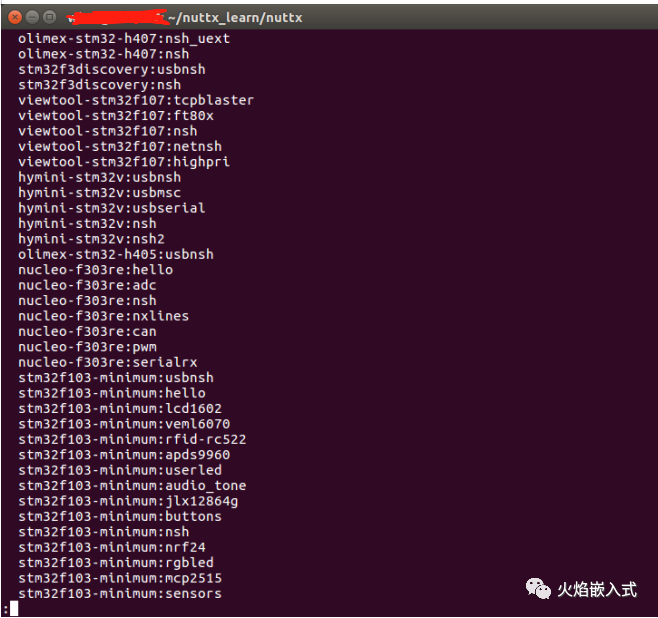
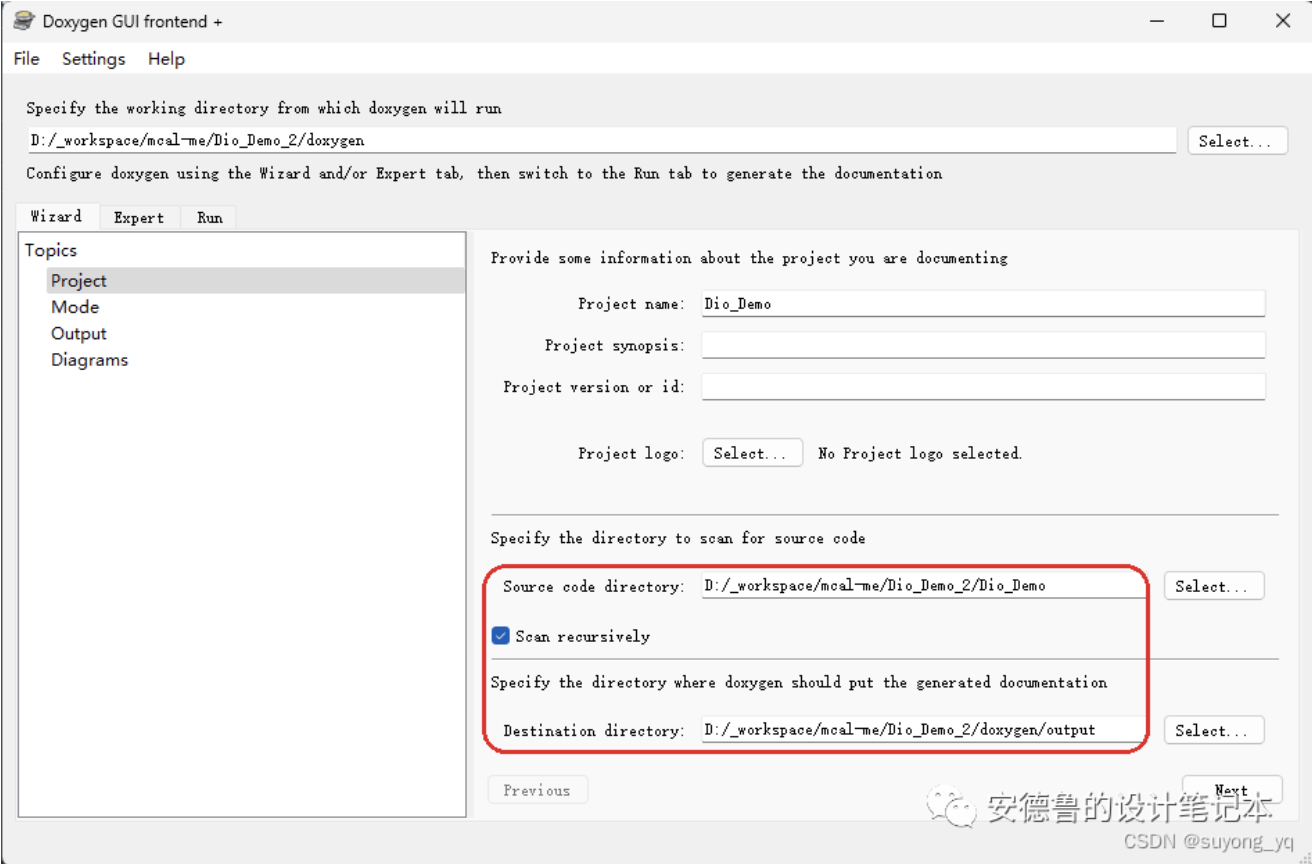









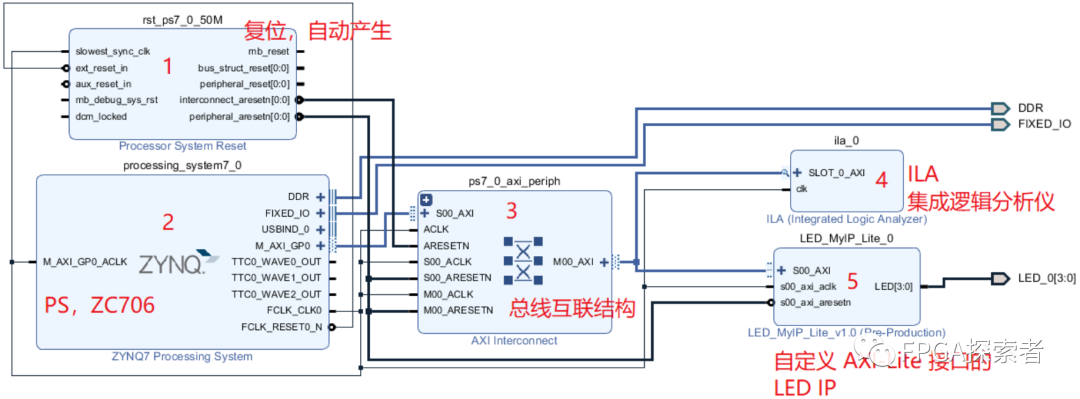

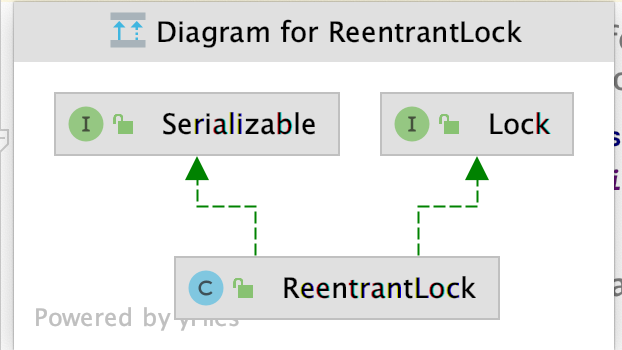
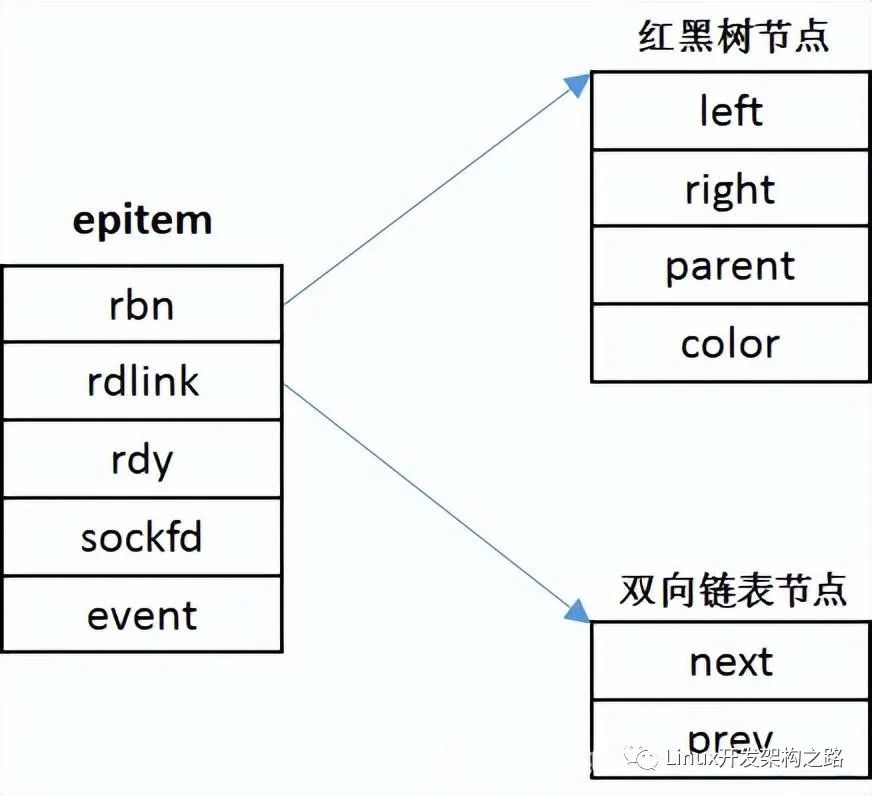










評論